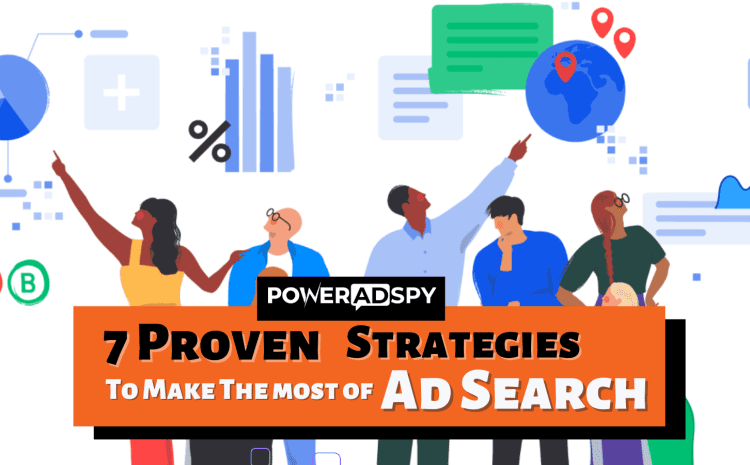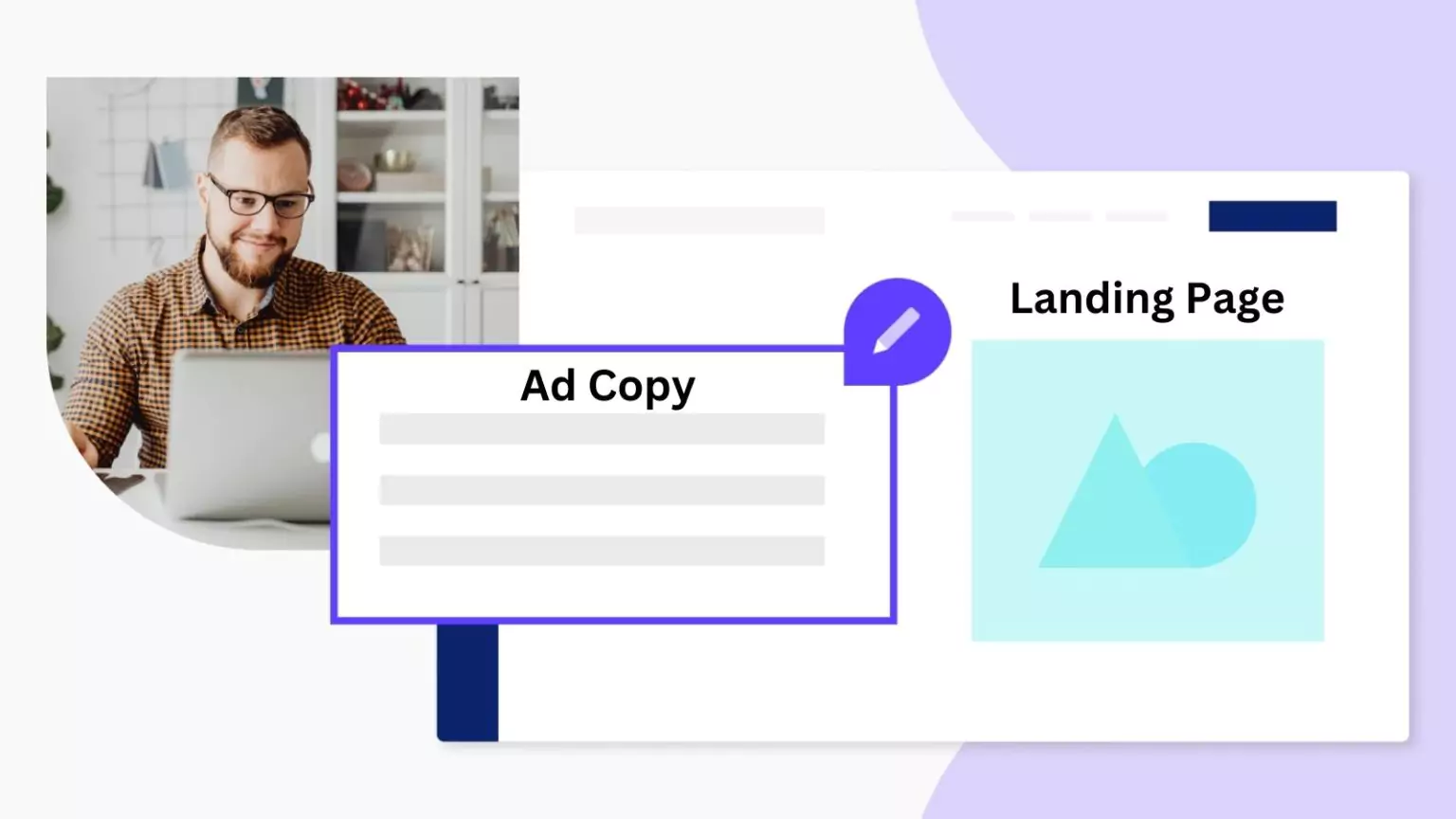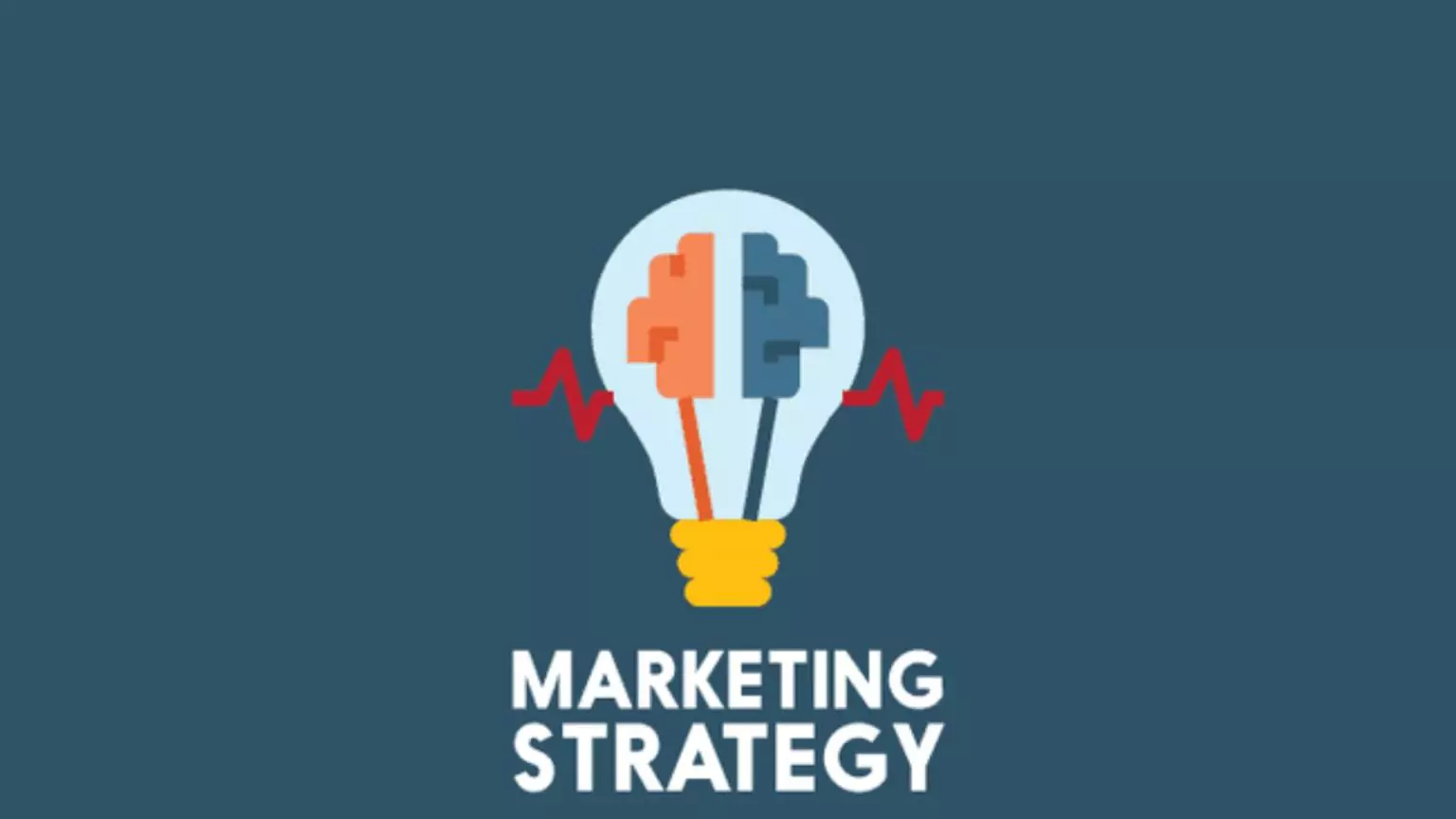How To Make The Most Of Your Ad Search – 7 Proven Strategies To Get Results
Advertising is an essential component of any business’s marketing strategy. Millions of advertisements circulate on various platforms, making ad creation difficult. Therefore, an effective advertising campaign is needed that stands out. An effective ad campaign that reaches the right audience and increases conversions can be created with the help of ad search.
It involves researching and analyzing existing ads to identify the best strategies and techniques for creating effective ads. By understanding what works and what doesn’t in ad campaigns, businesses can create compelling and impactful ads to capture the attention of their target audience.
With analyzing competitors’ ads, identifying target audiences, using clear messaging, optimizing ad copy, testing ads, and using high-quality imagery. By monitoring your Ads and adjusting them, you can easily drive conversions. This article will discuss seven proven strategies that help you make the most of your google ad search and get results.
Listen to This Podcast-
7 Effective Strategies To Maximize the Impact of Ads
Here are 7 effective ad search strategies for you:
1. Do Keyword Research to Identify the Most Relevant Keywords
Keyword research is a crucial aspect of any digital marketing strategy, as it helps businesses identify the most relevant keywords for their niche or industry. With the right keywords, the company can improve its website’s visibility, attract the right audience, and increase its conversion rates.
Brainstorm keywords that are relevant to your business. Try using tools like- google keyword planner, semrush to know the keyword and the potential of ad search with that keyword. Utilize the keywords you’ve gathered from your competitor’s website after grouping them into themes or groups. Optimizing on-page elements, such as content and meta tags, is important for search engines. Also, boost your website’s visibility to attract the right audience and improve your conversion rates.
2. Target your ads to specific geographic locations
You can also target your ads in specific locations- as you want, based on your audience location. Therefore it’s necessary- to know your target audience is crucial to creating effective ads. Research their interests, pain points, and behaviors, and use this information to create ads that resonate with them.
3. Use Clear and Compelling Messaging
Your messaging should be clear, concise, and compelling. Avoid using jargon or complex language and focus on communicating the benefits of your product or service. Clear and engaging messages are the key to creating effective search engine advertising. Your message should be easy to understand, memorable, and should resonate with your target audience. Use language that speaks to the pain points and offers a clear solution. Make sure your messaging is consistent across all advertising channels for maximum impact.
4. Match your Ad Copy to Your Landing Page Content
Ensure that your ad copy accurately reflects the content on your landing page. This consistency helps to build trust and encourages visitors to take the desired action. Use similar language and images, and make sure the call-to-action is clear- on both the ad and the landing page.
When the user gets redirected to your landing page via ad search, they only click an ad when it matches their needs. If your landing page content is not helping them, they’ll bounce and look for another solution.
To avoid this, ensure your ad copy accurately reflects the benefits and features of your product or service. With ad intelligent tools like PowerAdspy, you can also discover the ad strategies used by competitors. So you can take ideas from there and implement them in your campaigns to compete better.
5. Test Different Ad Campaigns and Track Their Performance
Testing different ad campaigns and tracking their performance is crucial for optimizing your advertising efforts. Test various ad formats, targeting options, messaging, and call to action to see what works best for your audience. Use data and analytics to measure the success of each campaign and make data-driven decisions to improve your results.
6. Optimize Your Ad Campaigns Regularly
Ad campaigns that are not optimized regularly can lead to wasted ad spend and poor results for businesses. Therefore you need to ad search and optimize campaigns regularly which is essential to ensure that your ads remain effective and efficient. You can review and adjust your targeting, messaging, and bids to improve performance and achieve your goals. Use data and analytics to identify areas for improvement and make data-driven decisions to optimize your campaigns.
7. Make adjustments to your strategy based on your results
Monitor your ad’s performance regularly and make adjustments based on the data. Adjust your targeting, messaging, and imagery to improve your ad’s performance and drive better results. You can run the following ads as applied to your needs-
- Google Search Ads: Ads that appear at the top or bottom of search engine results in pages (SERPs) on Google.
- Search Ads: Ads that appear on search engines like Google, Bing, and Yahoo when users search for specific keywords or phrases.
- Responsive Search Ads: Google search ads that automatically adjust their size, format, and appearance to fit the available ad space and match the user’s search query.
- Google PPC: A pay-per-click advertising model where advertisers pay a fee each time a user clicks on their ad in Google search results.
- Dynamic Search Ads: Google search ads that automatically generate headlines and landing page content based on the user’s search query and the advertiser’s website content.
Here’s the Remarketing List of Search Ads
Remarketing lists for search ads (RLSA) is a powerful way for advertisers to target people who have previously interacted with their website or brand while they search on Google. Here are some examples of remarketing lists for search ads –
- All visitors: This list includes all visitors who have previously visited your website.
- Cart abandoners: This list includes people who have added products to their shopping cart but have not completed their purchase.
- Past converters: This list includes people who previously purchased on your website.
- Website visitors by page: This list includes people who have visited specific pages on your website, such as your product pages or your blog.
- Loyal customers: This list includes people who have made multiple purchases on your website and signed up for your loyalty program.
- Engaged users: This list includes people who have spent a certain amount of time on your website or who have interacted with your website in other ways, such as by filling out a form or watching a video.
By targeting these specific groups of people with tailored search ads, you can increase your chances of converting them into customers and improve your overall ROI.
Read More
Cadbury Ad Research and Study – PowerAdSpy
How Can Facebook Ad Search Be Helpful For Fashion Business?
Conclusion
To conclude, creating effective ads for search engines requires careful planning, strategic thinking, and constant optimization. By following the seven proven strategies outlined above, you can improve the performance of your ads and increase your chances of reaching your target audience.
Keyword research identifies the keywords and phrases – your potential customers use to search for your products or services. Then, use those keywords strategically in your ad copy and landing pages to improve the relevance and increase click-through rates.
And create compelling ad copy that highlights the unique value proposition of your business and encourages users to click on your ad. Use action-oriented language and focus on the benefits rather than the features of your products or services. Also, ensure that your landing pages get optimized for conversions, with clear calls to action, easy navigation, and fast load times. So that you can leverage ad extensions to provide additional information and make your ads more visible and compelling. For this the best landing page builders offer pre-made templates, drag-and-drop interfaces, and a wide range of customization options to make creating landing pages easier.
Try using negative keywords to prevent your ads from appearing for irrelevant ad search queries, which can help you save money and improve the performance of your campaigns. And constantly monitor and analyze your ad performance to identify areas for improvement and adjust your strategies accordingly.
And finally, consider using automated bidding and machine learning tools to optimize your campaigns and improve the efficiency of your advertising efforts. By implementing these strategies, you can create effective ads that resonate with your audience, drive clicks and conversions, and ultimately help you achieve your business goals.














